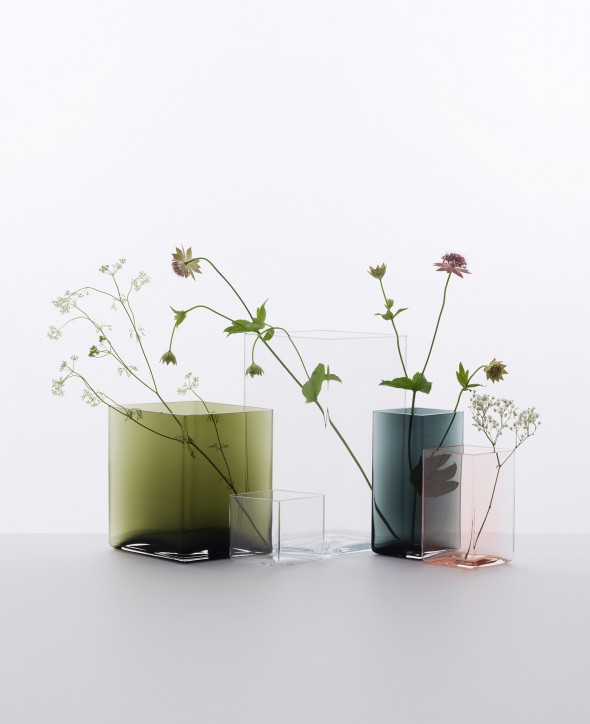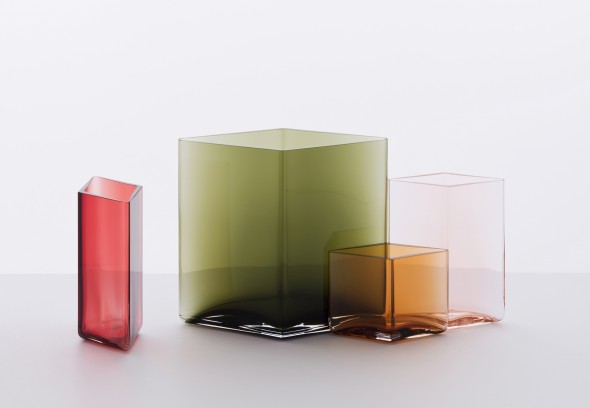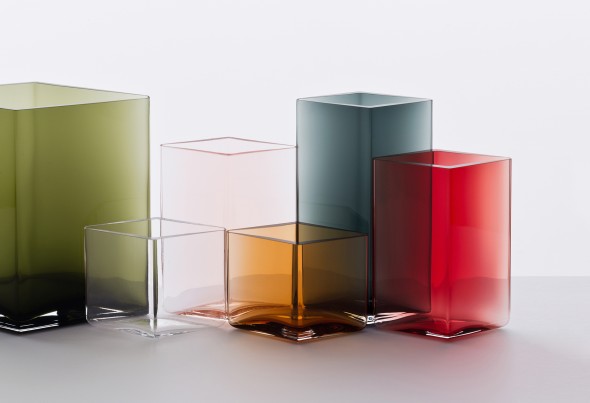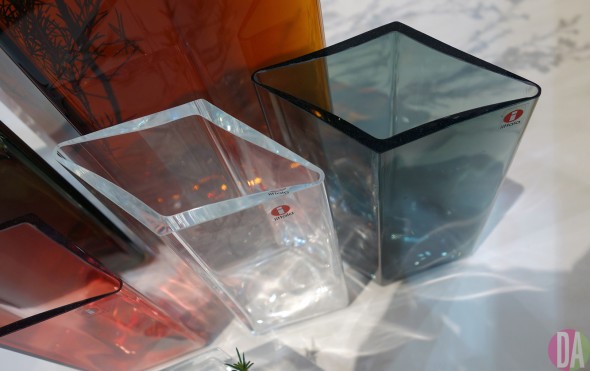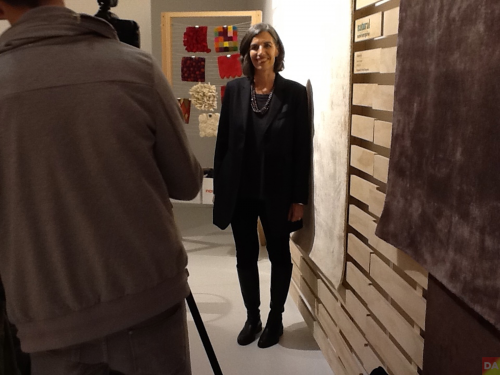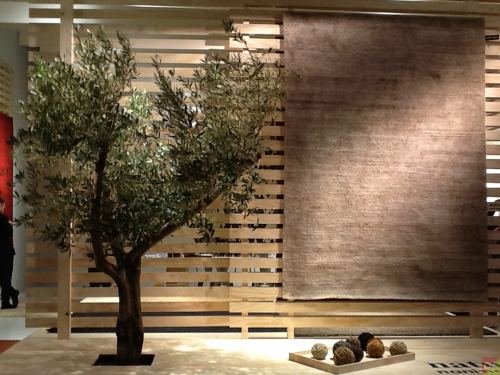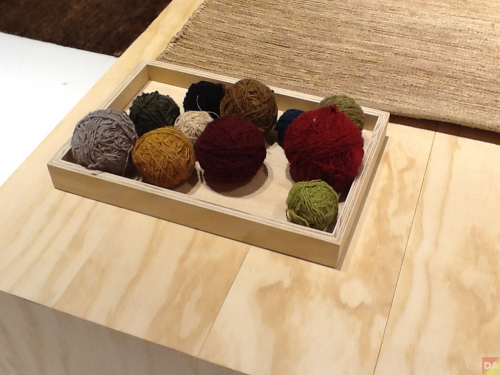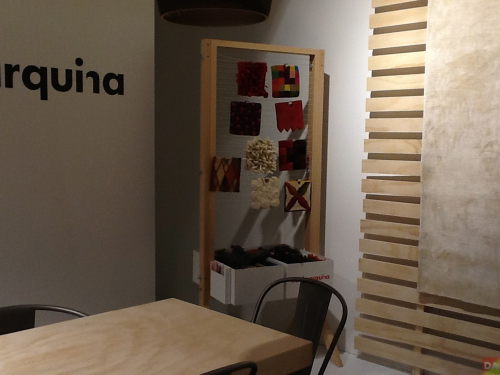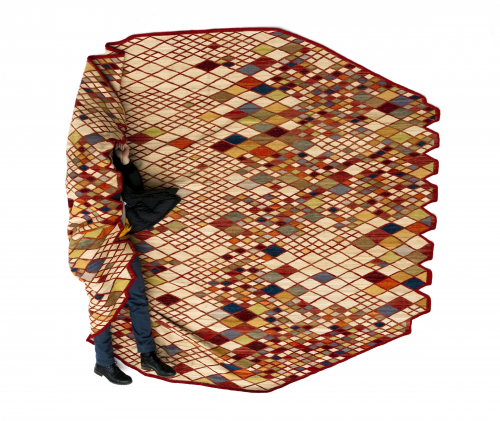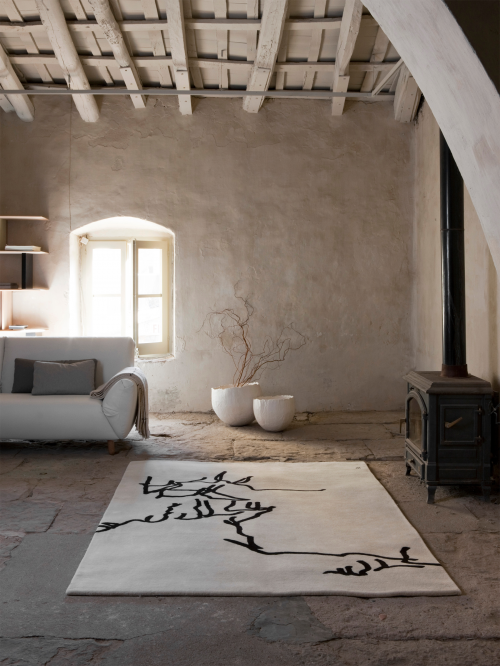
the magis way: pop-up at herman miller nyc.
magis, the italian design company, presents a temporary ‘pop-in’ exhibition at herman miller’s new york flagship (251 park avenue south). the magis way at herman miller is an experiential demonstration of the brand spirit – the most robust ever presented in north america – and is designed by swedish firm note design studio, encompassing nearly the entire second floor of the herman miller showroom.
“it is important to us that architects, designers and design lovers can see, touch and feel our products, says alberto perazza, ceo of magis. “for us, design is in our dna and we love sharing it with the public and international design community.”
the brand’s spirit and success are based on the desire to provide a wide array of users with access to highly functional, quality products manufactured with advanced technologies. to achieve this, collaborating with major international designers is essential –they have a vision of the resulting products that is ethical and poetic as well as aesthetic.
for the magis way exhibit at herman miller, note design studio has developed a pursuit of visuals and volumes through fascinating architectural arrangements within the renaissance-revival building (designed by neville & bagge in 1909) that herman miller calls home. the stockholm-based studio began working with magis in 2018, dreaming up their exhibition spaces for salone del mobile, stockholm furniture fair and more.
a welcoming setting, this space is an invitation to discover the new and iconic designs presented within it, including plato designed by jasper morrison, the officina collection by ronan and erwan bouroullec, bureaurama by conceptual artist jerszy seymour, chair_one by konstantin grcic, the famous spun chair by architect thomas heatherwick and many more. linking the products and vignettes are new rugs from the volentieri collection designed by inga sempé, featuring different types of yarns and weaves to balance color, texture, even light reflection through a mix of neutral and luminous materials. this is a new category for magis and the first time they will be on display in north america.
magis, founded in 1976, is proud of its “made in italy” quality and tradition and speaks an international language by combining craftsmanship with technical advances in manufacturing. the magis way exhibit at herman miller expresses the breadth of their portfolio in a meaningful demonstration.
“we want visitors to feel that they’ve just discovered magis, whether they already knew the brand before they visited the exhibit or this is their first exposure to it,” says tim straker, chief marketing officer, herman miller. “this is a chance to envision magis in one’s own space, whether it’s home or at work.”
among the values shared by magis and herman miller is a commitment to creating responsible design and a strong belief in design authorship. through this relationship and the pop-in exhibition, the two companies have woven a story of creativity and applicable authored designs for north america in a real and credible way.
architects, interior designers and design lovers can visit the magis way at herman miller by contacting (212) 753-3022 to schedule an appointment, or enter through the herman miller store, taking the stairs in the back to the second floor monday through friday 11:00am – 5:00pm.




